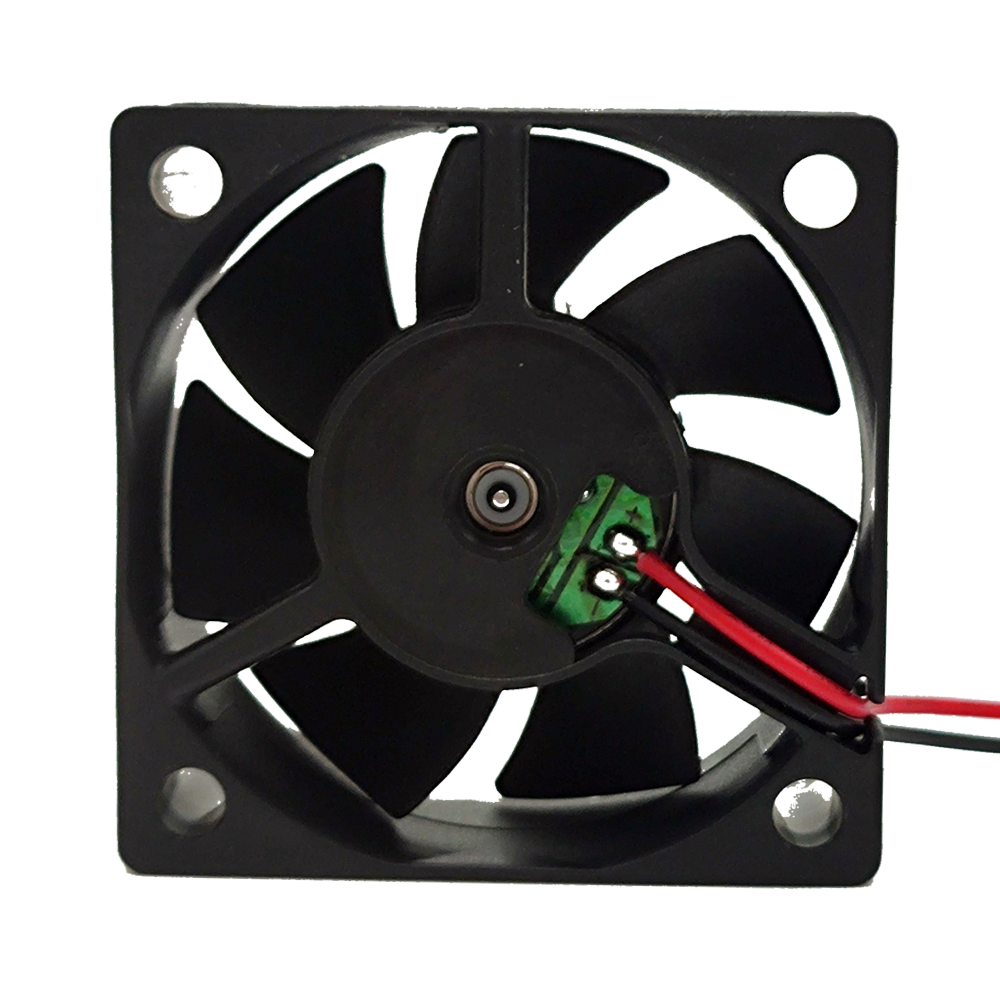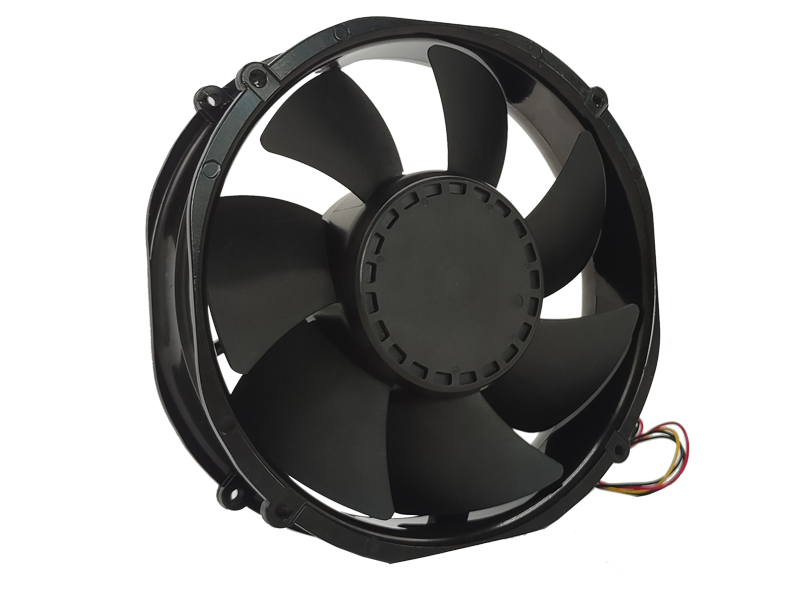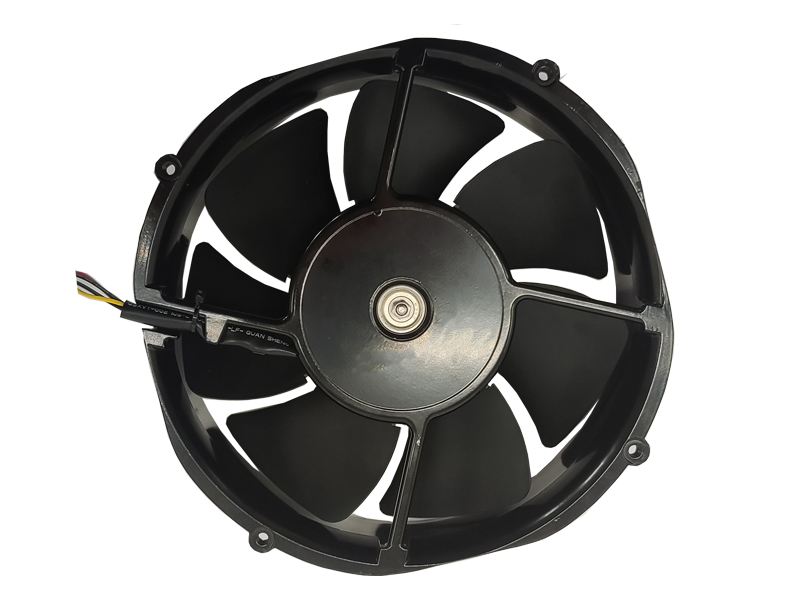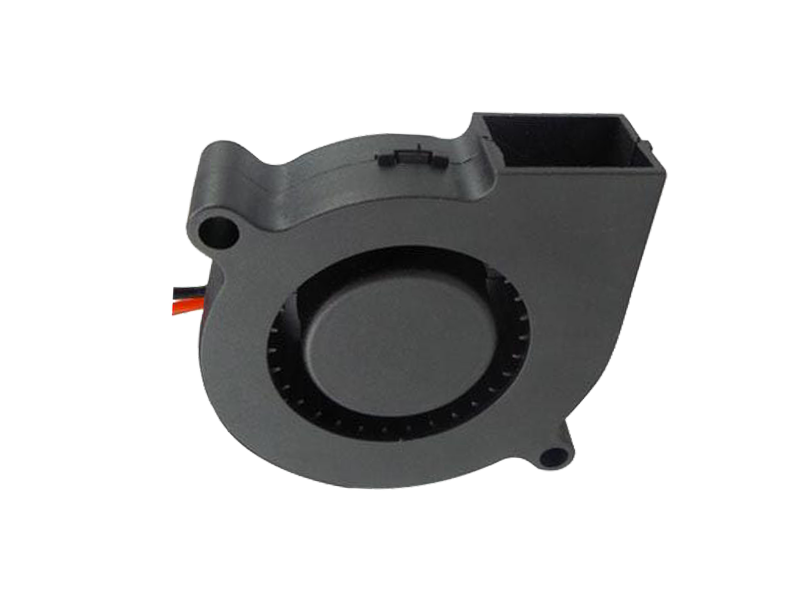Industrial fan technology has come a long way since its inception, with advancements in design, materials, and control systems continuously reshaping the landscape. As industries demand more energy-efficient, durable, and effective solutions for air movement, fan manufacturers are pushing the boundaries of innovation. In this article, we will explore some of the key innovations in industrial fan design and what the future holds for this critical piece of equipment.
1. The Shift to Smart Industrial Fans
As part of the broader trend of automation and smart technology in industries, the future of industrial fans lies in the integration of smart features. Smart fans are equipped with sensors, monitoring systems, and connectivity features that allow them to operate in an automated manner, optimizing performance and efficiency.
IoT Integration: Industrial fans can now be connected to the Internet of Things (IoT), enabling remote monitoring and data analysis. This means operators can track parameters like airflow speed, power consumption, and temperature from a central system. Early detection of issues, such as wear or malfunction, can help prevent downtime and improve maintenance schedules.
Predictive Maintenance: With the help of sensors and AI algorithms, smart fans can detect signs of wear and predict when maintenance is needed, reducing unexpected failures and extending the lifespan of the equipment. Predictive maintenance is especially valuable in large facilities where maintenance costs can be significant.
2. Energy Efficiency and Sustainability in Fan Design
Energy efficiency remains a top priority in industrial fan design, particularly as companies look to reduce operational costs and comply with environmental regulations. Manufacturers are investing in more energy-efficient components and materials to reduce the overall energy consumption of industrial fans.
Energy-efficient motors: Motors that use less electricity while providing the same or better performance are now the norm in industrial fans. Fans equipped with EC (electronically commutated) motors are capable of achieving higher efficiency levels and can reduce energy consumption by up to 30% compared to traditional motors.

Variable Speed Drives: One of the most significant innovations in fan energy efficiency is the introduction of variable speed drives (VSD), which allow fans to adjust their speed based on demand. This means the fan will only consume the necessary amount of energy, reducing electricity costs during low-demand periods.
3. Noise Reduction and Vibration Control
The future of industrial fan design will increasingly focus on noise and vibration control. High noise levels can create uncomfortable working conditions and may even be a regulatory issue in some regions. Innovative fan designs are addressing this challenge by incorporating new materials, components, and design principles that reduce noise and vibration.
Acoustic Dampening Materials: Manufacturers are experimenting with materials that absorb sound and vibration, minimizing the noise produced by industrial fans. Acoustic enclosures, soundproofing treatments, and specialized fan blade designs are all being used to reduce fan noise.
Advanced Vibration Isolation: New fan designs incorporate vibration isolation technology to ensure that vibrations are kept to a minimum. These systems reduce mechanical wear and ensure that fans can operate smoothly and quietly.
4. Robust Materials for Extreme Environments
Industrial fans often operate in harsh conditions, whether it's extreme temperatures, corrosive chemicals, or constant exposure to dust and debris. Future fan designs will focus on improving material science to create fans that are even more durable and reliable in extreme environments.
Advanced Composite Materials: The use of composite materials in fan blades and housings can improve strength, reduce weight, and enhance corrosion resistance. These materials can withstand high temperatures and exposure to chemicals, making them ideal for industrial environments.
Protective Coatings: Industrial fans can be equipped with protective coatings, such as epoxy coatings, which prevent rust and corrosion. In high-temperature environments, thermal barrier coatings are used to protect components from heat damage.
Conclusion
Industrial fans have come a long way in terms of design and performance. The future of industrial fan technology lies in smart systems, energy efficiency, noise reduction, and materials that are tougher than ever before. By leveraging advanced materials, predictive maintenance, and intelligent controls, the next generation of industrial fans will offer greater operational efficiency, reduced environmental impact, and enhanced durability, making them even more critical to the industries that rely on them.
Recommended Products

The main purpose:Car charging station

The main purpose:Car charging station

The main purpose:Electronic refrigerators, water dispensers, direct drinking machines, inverter power supplies
Address:No. 4137, Longgang Avenue (Henggang Section), Henggang Community, Henggang Street, Longgang District, Shenzhen
hotline:13530005572(Chen)15112579390(Li)


Welcome all friends to come for consultation and negotiation.
Copyright 2024 @ Shenzhen Youneng Xinyuan Electronics Co., Ltd.,(industrial fans,industrial blowers,axial fans,cooling fans manufacturer,centrifugal fans,ac cooling fans,dc cooling fans)